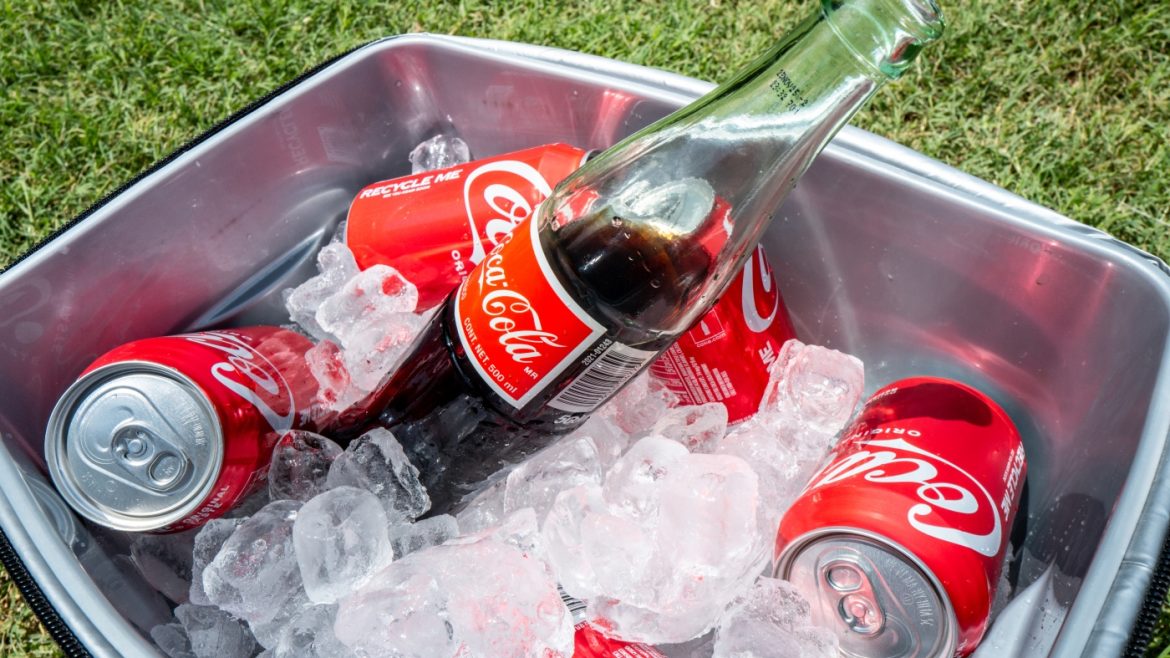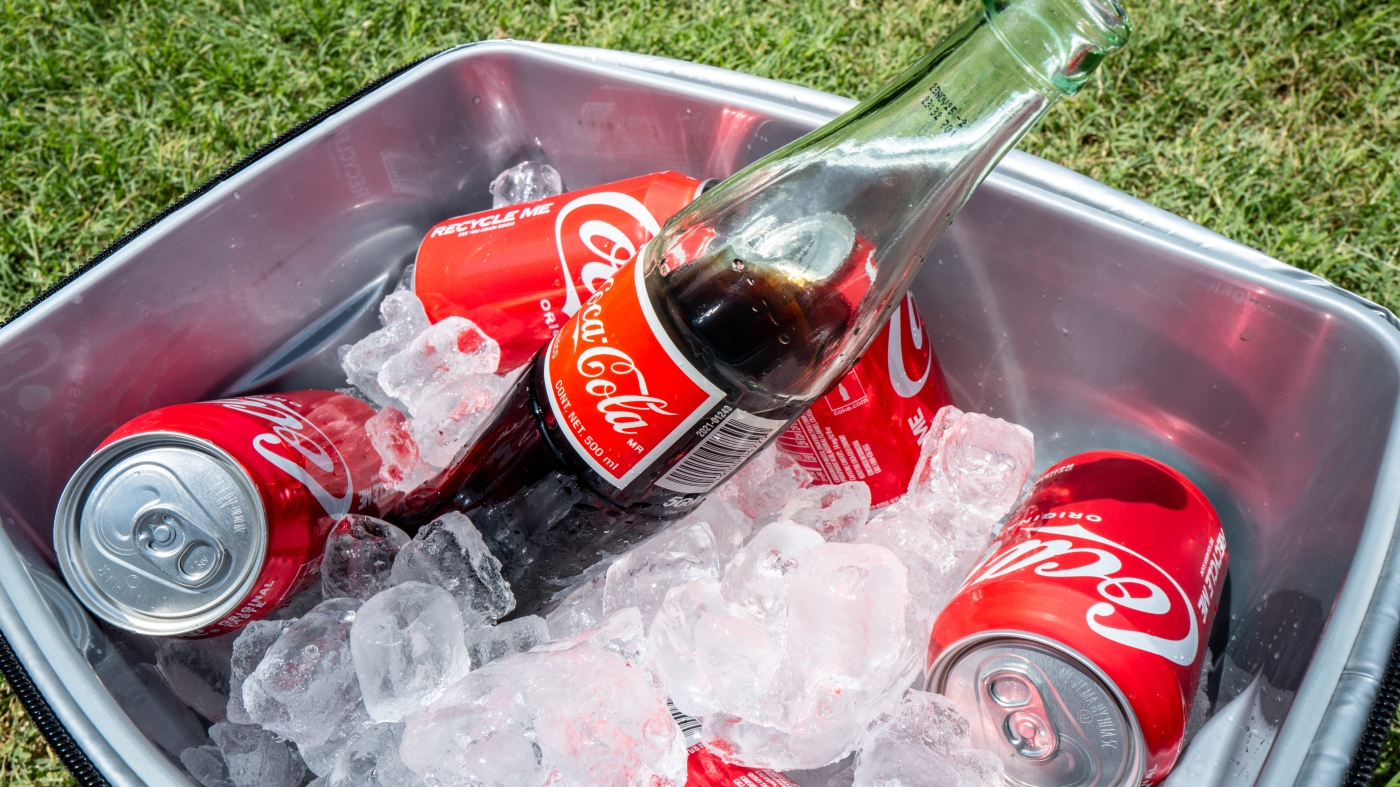The Sweet and Sour of It All: Analyzing Coca-Cola’s Cane Sugar Conundrum
A Sip of Nostalgia, a Dash of Politics
Coca-Cola, a beverage synonymous with American culture, has found itself at the heart of a complex debate surrounding sweeteners, trade policies, and even presidential influence. The company’s decision to introduce a cane sugar-sweetened version of its iconic soda in the U.S. market has sparked discussions that extend far beyond the realm of taste preferences. This move, seemingly straightforward, carries significant implications for consumer behavior, agricultural economics, and the long-standing rivalry between cane sugar and high-fructose corn syrup (HFCS). This report delves into the motivations behind this strategic shift, its potential impact, and the intriguing role former President Donald Trump may have played in this sweet saga.
The Rise of Cane Sugar Coke: Why Now?
For decades, Coca-Cola has relied on HFCS as the primary sweetener in its U.S. products, a choice driven largely by economic factors. HFCS, derived from corn, has been a cost-effective alternative to cane sugar due to government subsidies and favorable agricultural policies. However, consumer attitudes have been evolving, with many Americans perceiving cane sugar as a more natural and healthier option, despite scientific evidence suggesting minimal differences in their metabolic effects. This perception has fueled demand for products like “Mexican Coke,” which uses cane sugar and has gained a cult following among consumers seeking a more traditional taste.
Several factors likely contributed to Coca-Cola’s decision to introduce a cane sugar version in the U.S.:
Consumer Demand
The enduring popularity of Mexican Coke demonstrates a clear market for cane sugar-sweetened Coca-Cola. By offering a domestic alternative, Coca-Cola can tap into a segment of consumers willing to pay a premium for what they perceive as a superior product. This move aligns with the growing trend of consumers seeking out products they deem more natural and authentic.
Marketing Opportunity
The introduction of cane sugar Coca-Cola provides a fresh narrative for the brand. It allows Coca-Cola to capitalize on the “natural” and “authentic” trends that resonate with modern consumers. This strategic pivot can help the brand differentiate itself in a crowded beverage market and attract health-conscious consumers.
Competition
The beverage industry is fiercely competitive, and introducing a cane sugar version allows Coca-Cola to stand out. This differentiation can help the company gain an edge over competitors who have not yet made similar moves. By catering to niche markets, Coca-Cola can expand its customer base and strengthen its market position.
Responding to Criticism
While Coca-Cola has consistently defended the safety and widespread use of HFCS, the company is aware of the negative perceptions surrounding this sweetener. Offering a cane sugar option can be seen as a proactive step to address consumer concerns and mitigate potential backlash. This move demonstrates Coca-Cola’s responsiveness to consumer feedback and its commitment to providing choices that align with evolving preferences.
The Trump Factor: A Presidential Push for Sweetness?
Adding an intriguing layer to this story is the reported involvement of former President Donald Trump. Several news outlets have claimed that Trump personally urged Coca-Cola to switch back to cane sugar in its U.S. products. While the exact nature and extent of his influence remain unclear, this claim raises questions about the intersection of politics and corporate decision-making.
Trump’s preference for cane sugar aligns with his broader agenda of promoting American industries and challenging existing trade agreements. By advocating for cane sugar, he may have aimed to support U.S. cane sugar farmers and reduce reliance on HFCS, which is heavily subsidized and linked to the corn industry. This move could be seen as part of a broader effort to bolster domestic agriculture and reduce dependence on imported goods.
However, it is essential to consider Coca-Cola’s perspective. While the company has acknowledged the new product, it has been careful not to attribute the decision solely to Trump’s influence. It is likely that Coca-Cola had been considering this move for some time, driven by market trends and consumer demand. Trump’s public statement may have simply accelerated the announcement, providing a political backdrop to a decision already in the works.
Sweetening the Deal: The Potential Impact
The introduction of Coca-Cola with cane sugar has several potential implications for various stakeholders:
For Consumers
Consumers will now have a choice between HFCS and cane sugar versions of Coca-Cola, catering to individual preferences and perceptions. The cane sugar version is likely to be priced higher, reflecting the higher cost of the ingredient. This price difference may influence purchasing decisions, with some consumers opting for the perceived health benefits of cane sugar, while others may stick with the more affordable HFCS version.
For Coca-Cola
This move could boost Coca-Cola’s brand image and sales, attracting consumers who prefer cane sugar. It also allows the company to experiment with different product formulations and target niche markets. By offering a cane sugar option, Coca-Cola can appeal to a broader range of consumers and potentially increase its market share.
For U.S. Agriculture
A significant shift towards cane sugar could impact the U.S. agricultural landscape. Increased demand for cane sugar could benefit sugarcane farmers, particularly in states like Florida and Louisiana. However, it could also negatively affect corn farmers and the HFCS industry, which has been a significant player in the U.S. agricultural sector.
For the Economy
The shift could potentially lead to changes in sugar and corn prices, impacting food and beverage manufacturers. It could also affect trade relationships with countries that export sugar to the U.S. Increased demand for cane sugar may lead to higher imports, potentially altering international trade dynamics and influencing global sugar markets.
It is important to note that the U.S. produces only a fraction of the cane sugar it consumes. A widespread switch to cane sugar by Coca-Cola and other manufacturers would likely require increased imports, potentially impacting international trade dynamics and influencing global sugar markets.
The HFCS Defense: A Corn-troversial Sweetener
Despite the growing popularity of cane sugar, Coca-Cola continues to defend the use of HFCS. The company maintains that HFCS is safe and nutritionally similar to cane sugar. They also emphasize the economic advantages of using HFCS, particularly in the U.S. market.
The debate between HFCS and cane sugar is often fueled by misinformation and marketing tactics. While both are forms of sugar, HFCS is processed differently, leading to concerns about its metabolic effects. However, scientific studies have yielded mixed results, and there is no conclusive evidence that HFCS is inherently more harmful than cane sugar when consumed in moderation.
The environmental impact of both sweeteners is also a subject of debate. Corn production, which is used to make HFCS, has its own set of environmental challenges, including heavy reliance on fertilizers and pesticides. Sugarcane cultivation also has environmental impacts, such as deforestation and water pollution. Both sweeteners have their pros and cons, and the choice between them often comes down to consumer perception and economic factors.
Conclusion: A Taste of the Future?
Coca-Cola’s decision to launch a cane sugar version in the U.S. is more than just a simple product update. It reflects evolving consumer preferences, the complex economics of sweeteners, and the intersection of politics and corporate decision-making. While the long-term impact of this move remains to be seen, it is clear that the debate over sweeteners will continue to shape the beverage industry and the broader food landscape. Ultimately, the success of Coca-Cola’s cane sugar venture will depend on its ability to resonate with consumers, navigate the complexities of the agricultural market, and adapt to the ever-changing tastes of a nation. One thing is for sure: the story of Coca-Cola and its sweeteners is a sweet and sour tale with far-reaching implications.


